


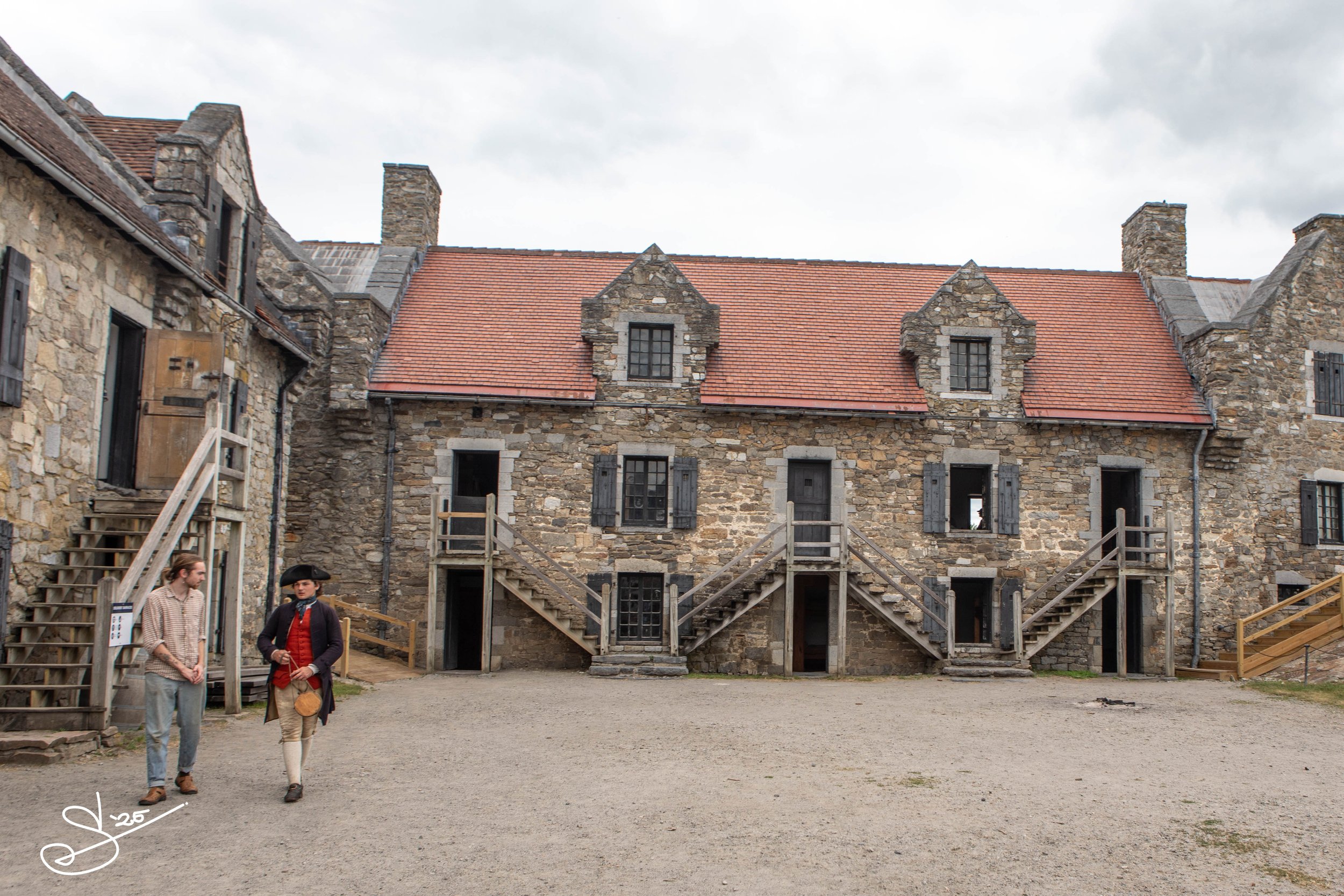
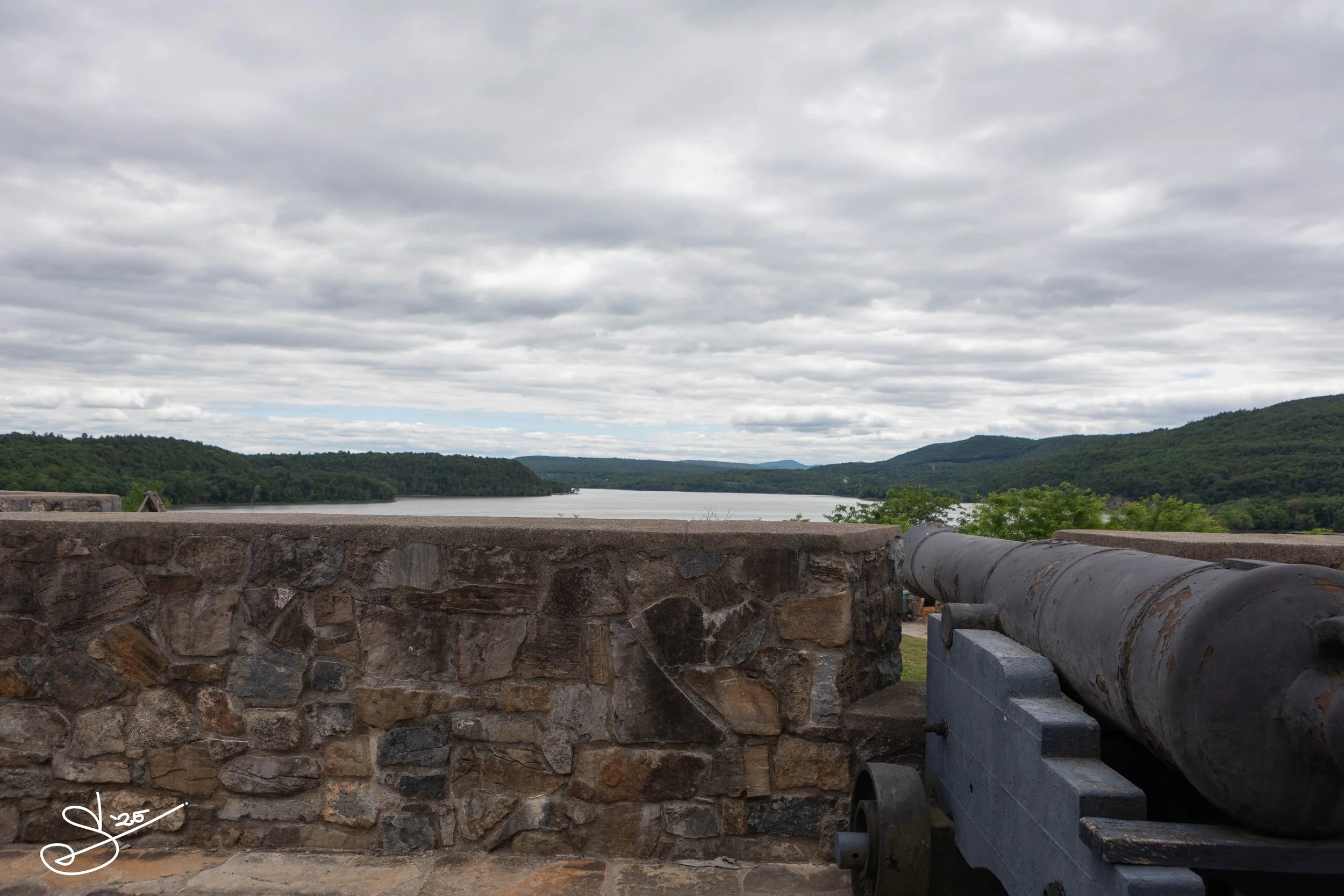





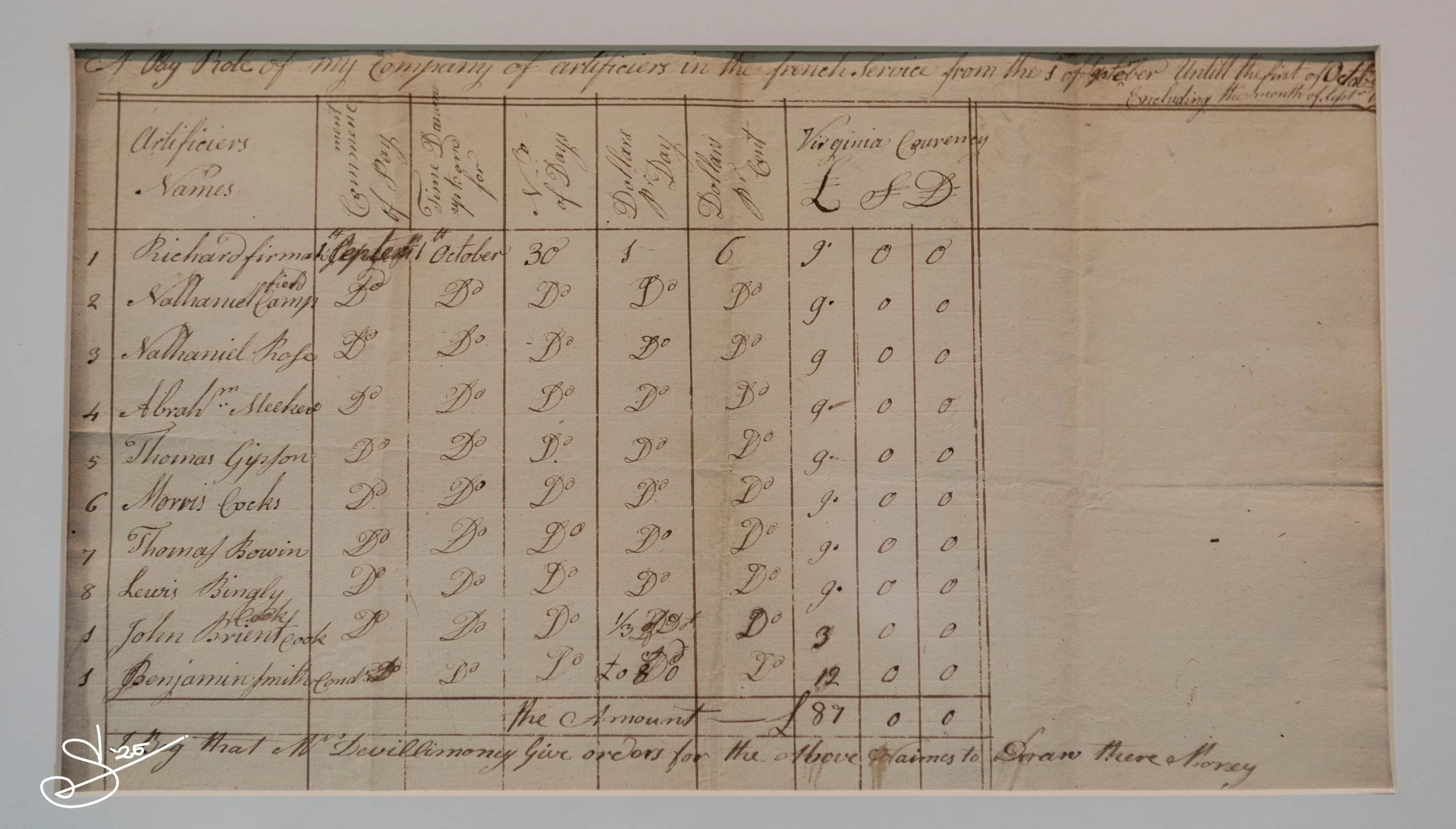
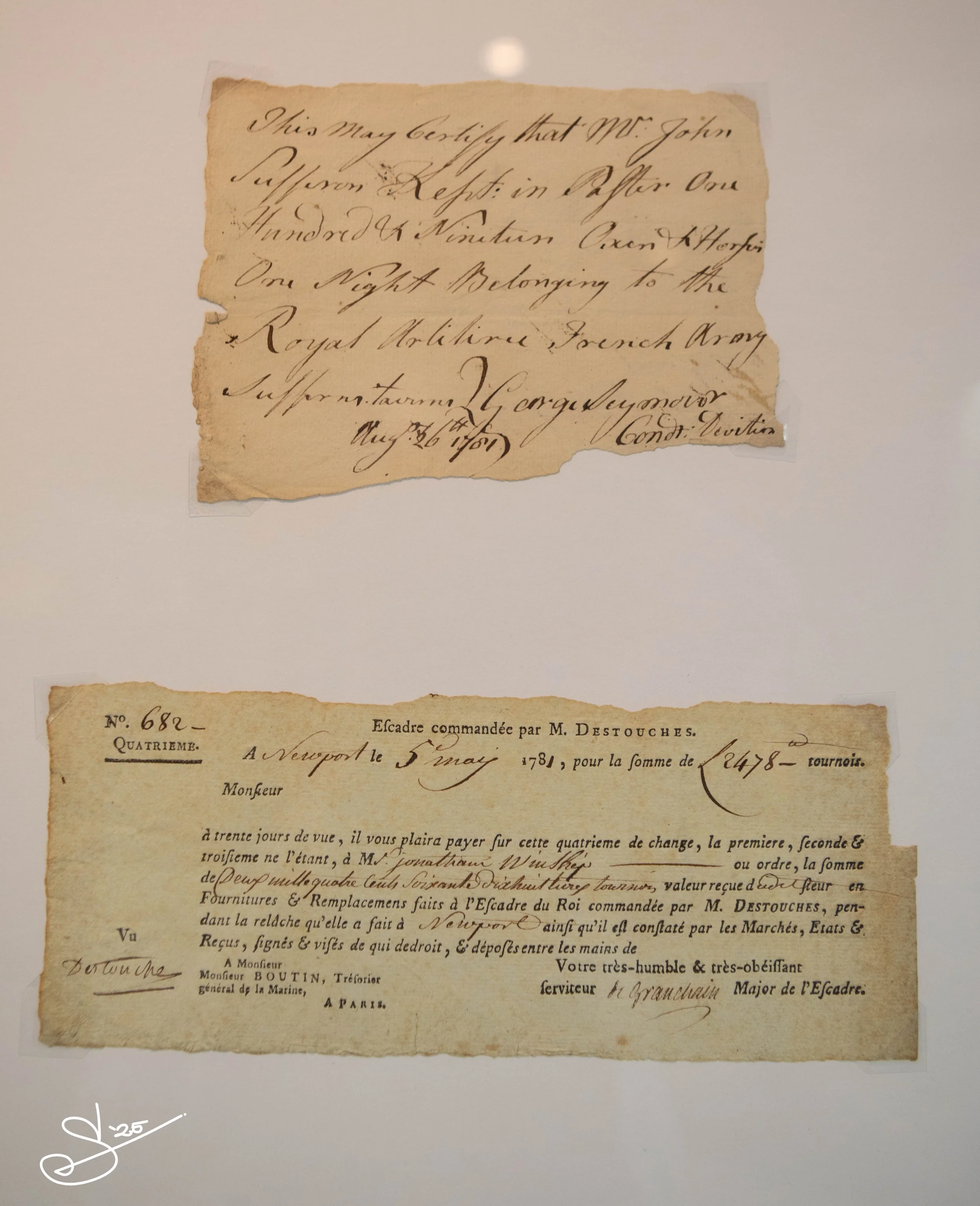

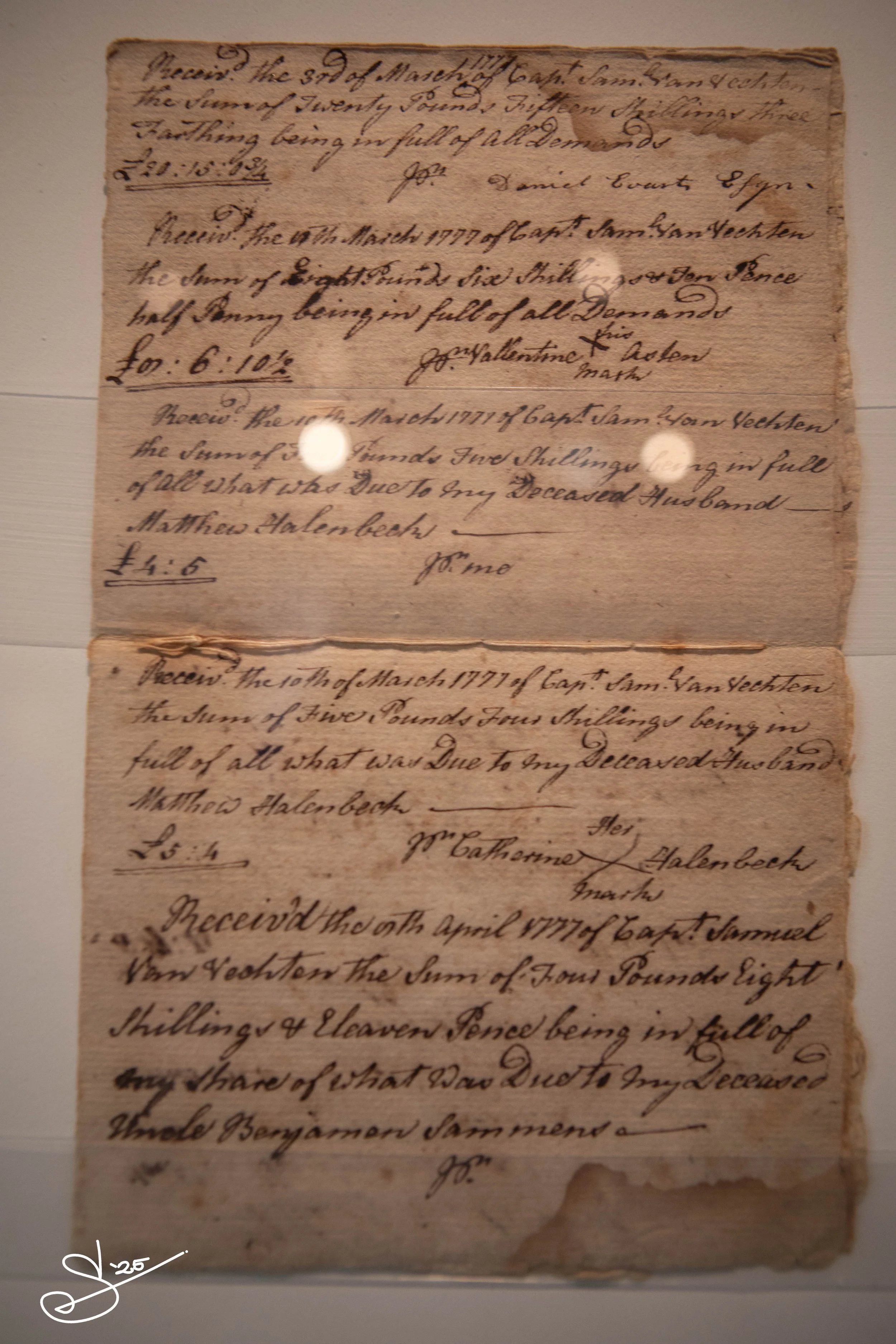
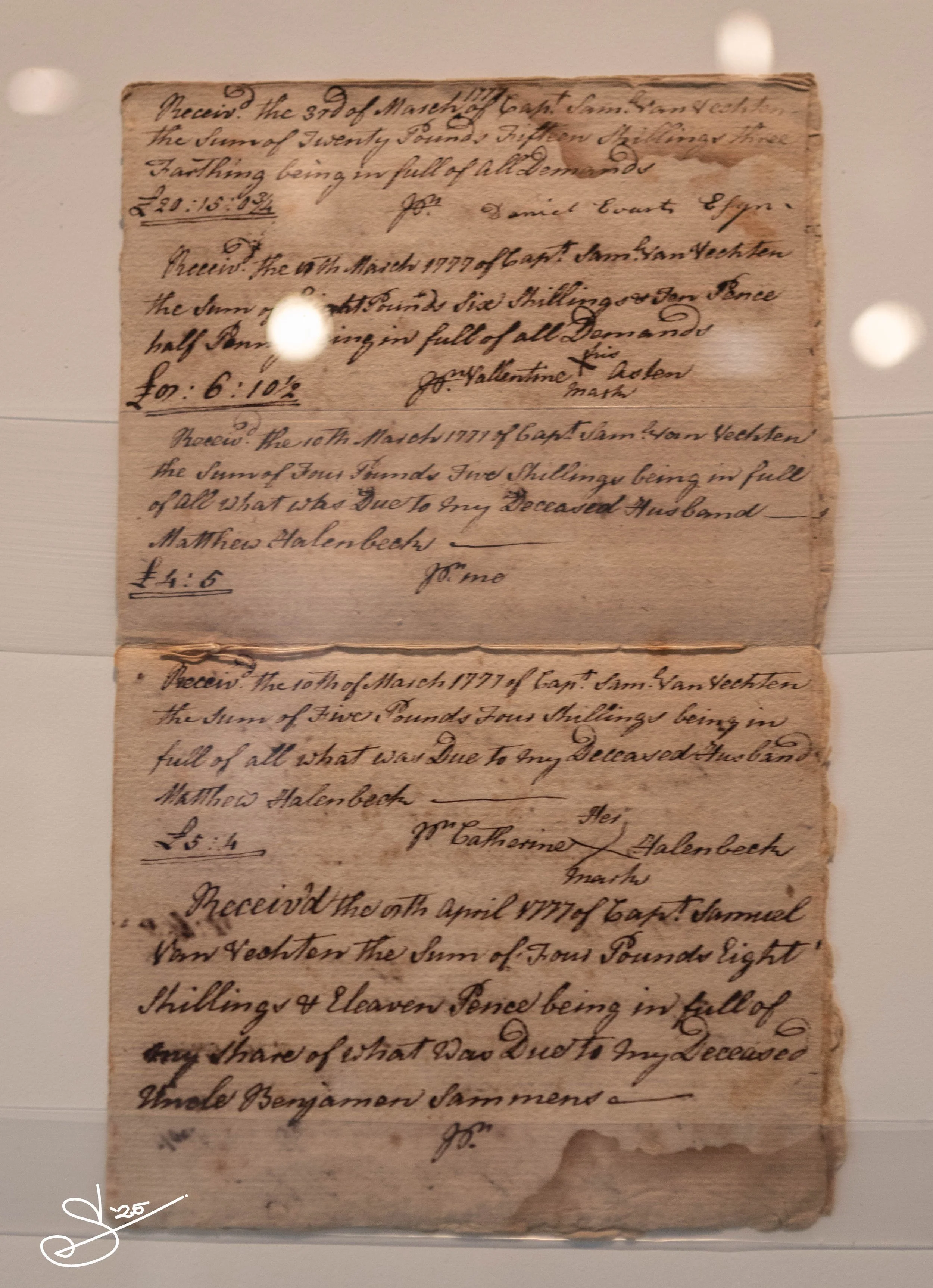
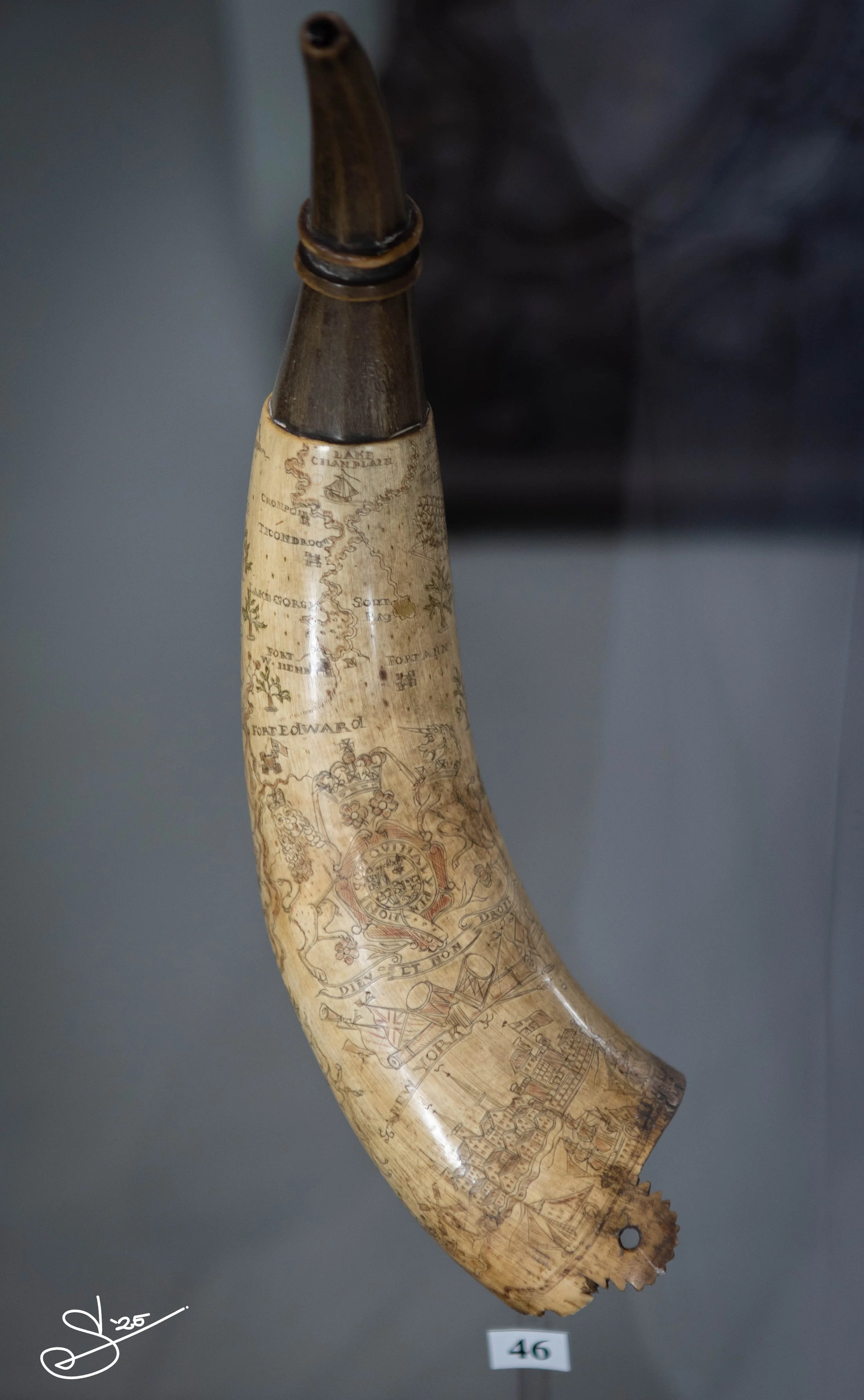





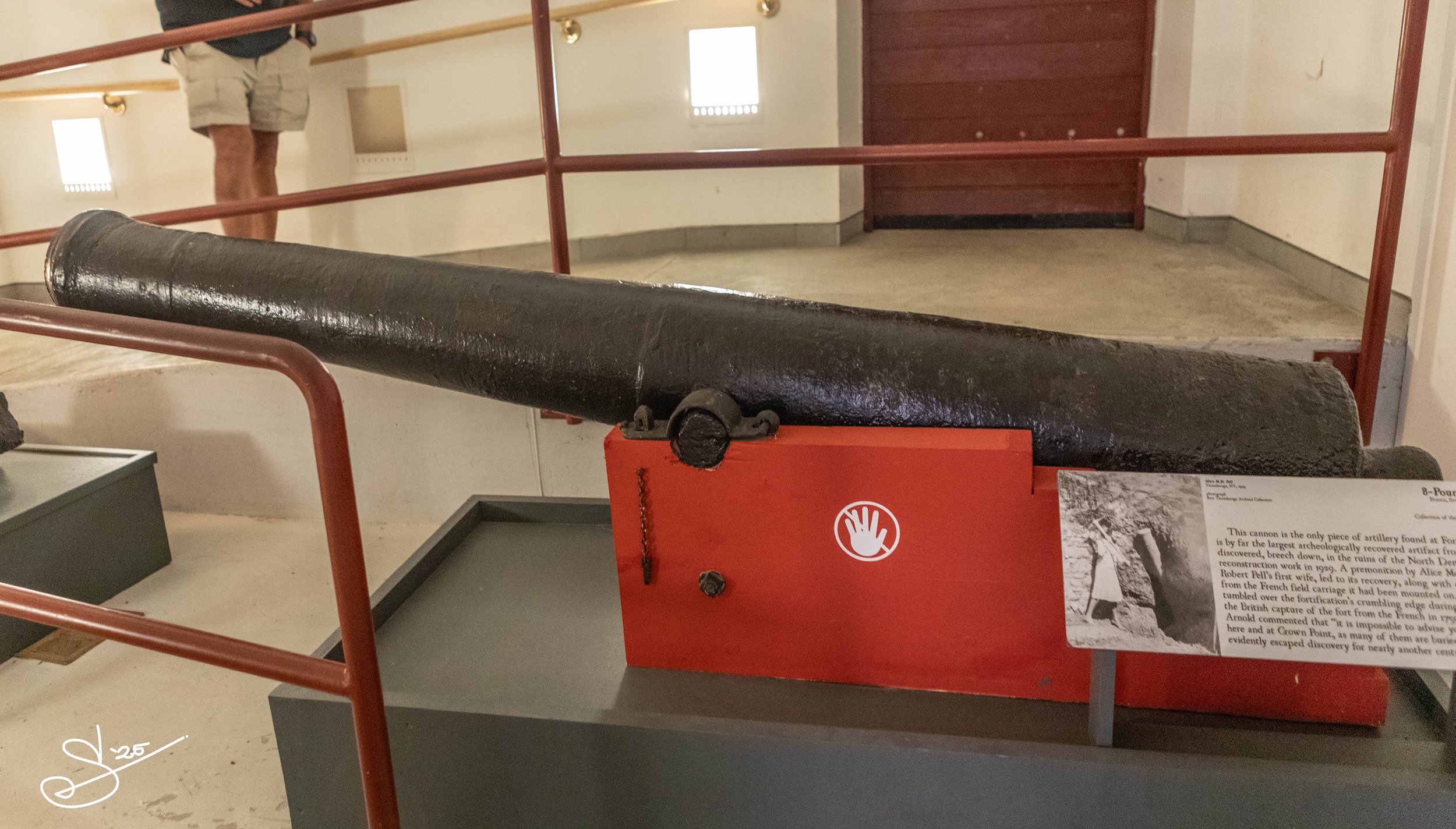


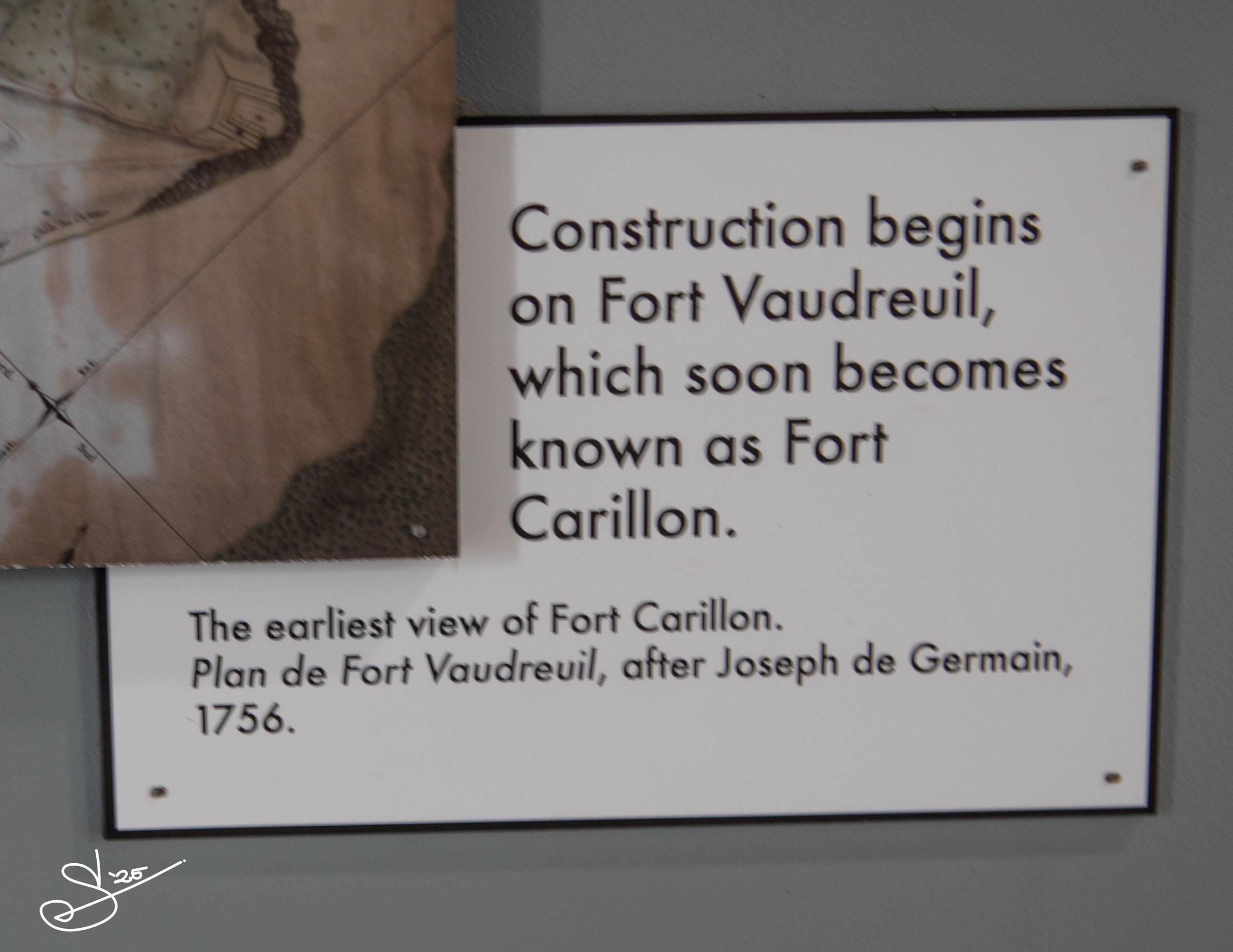


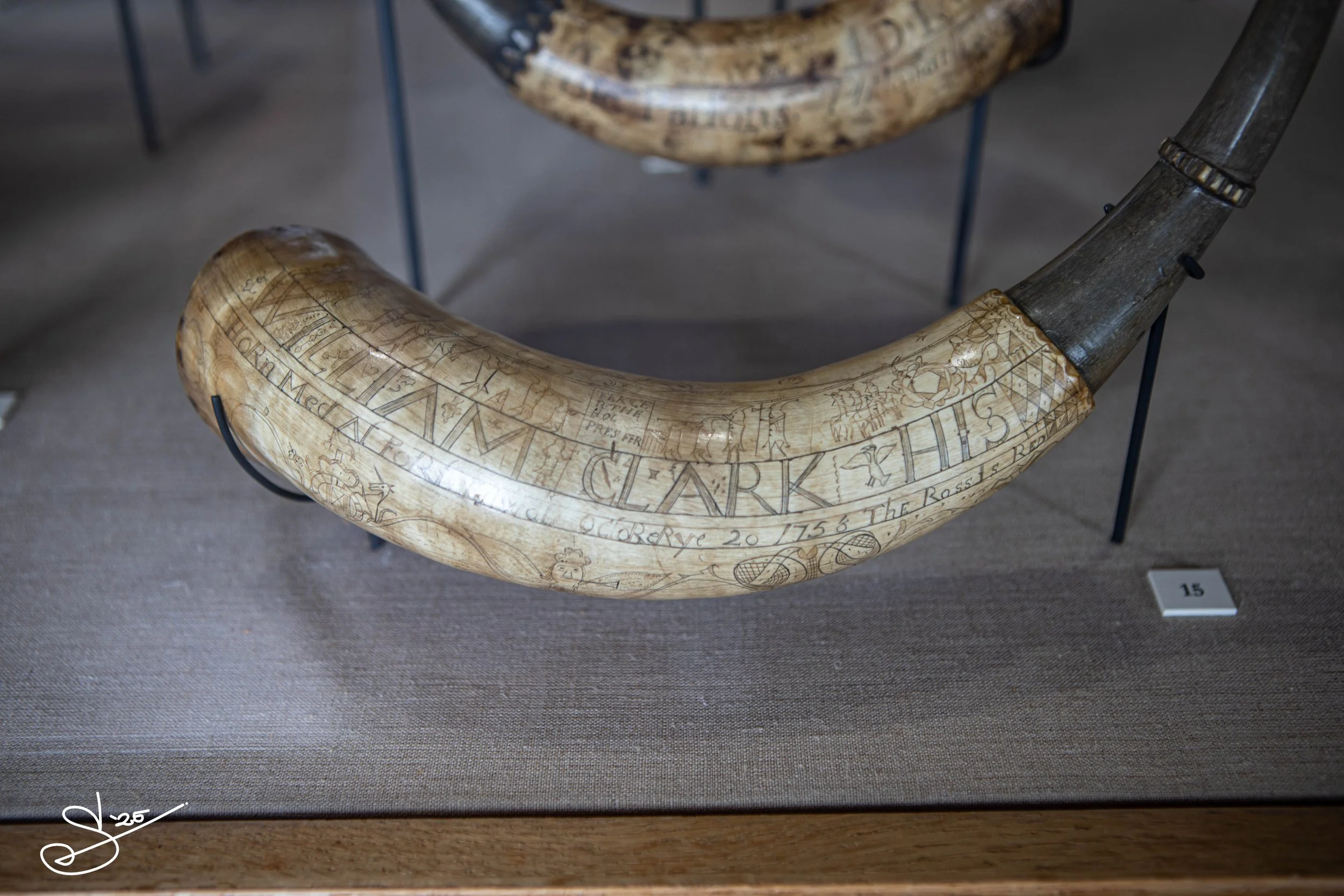
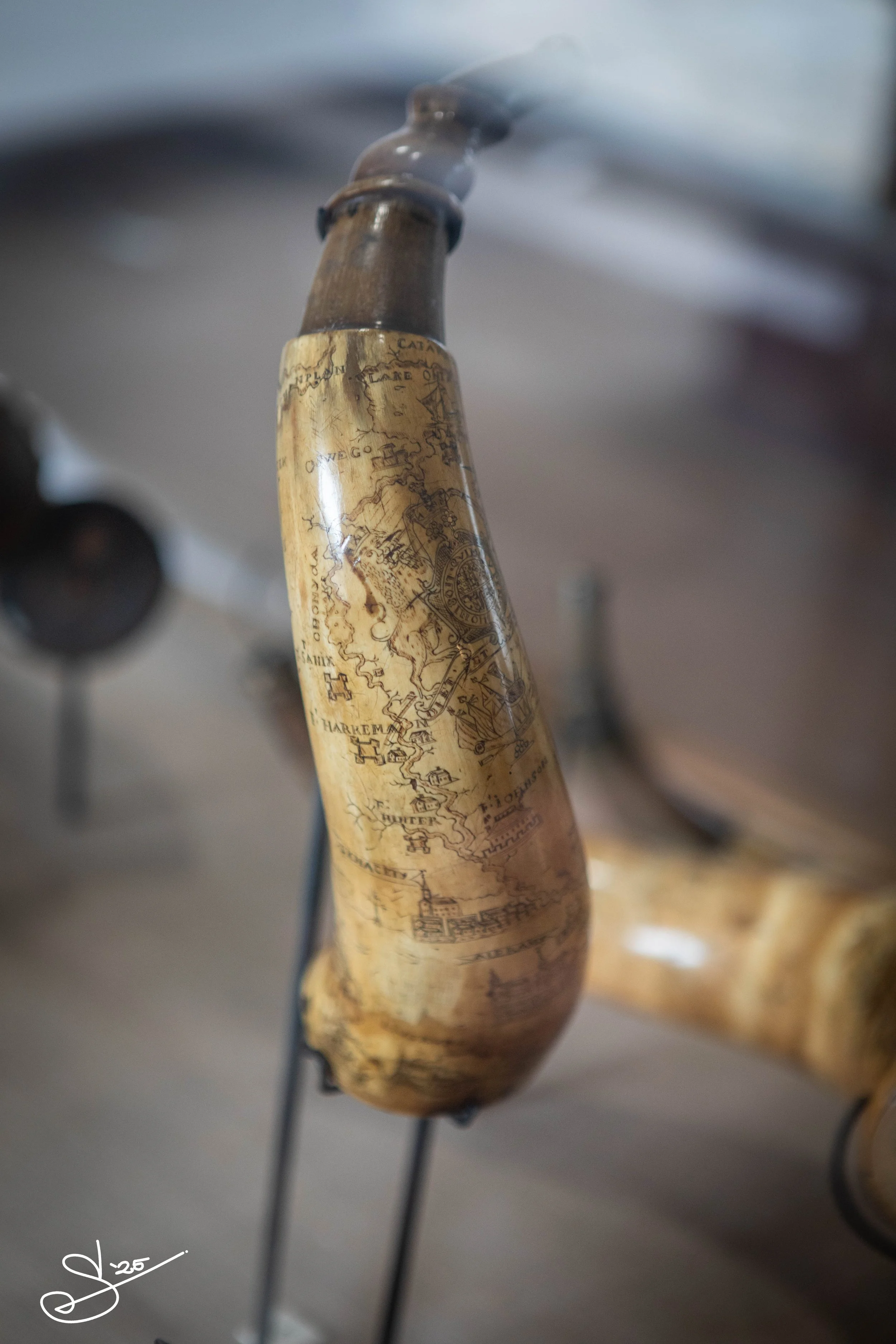
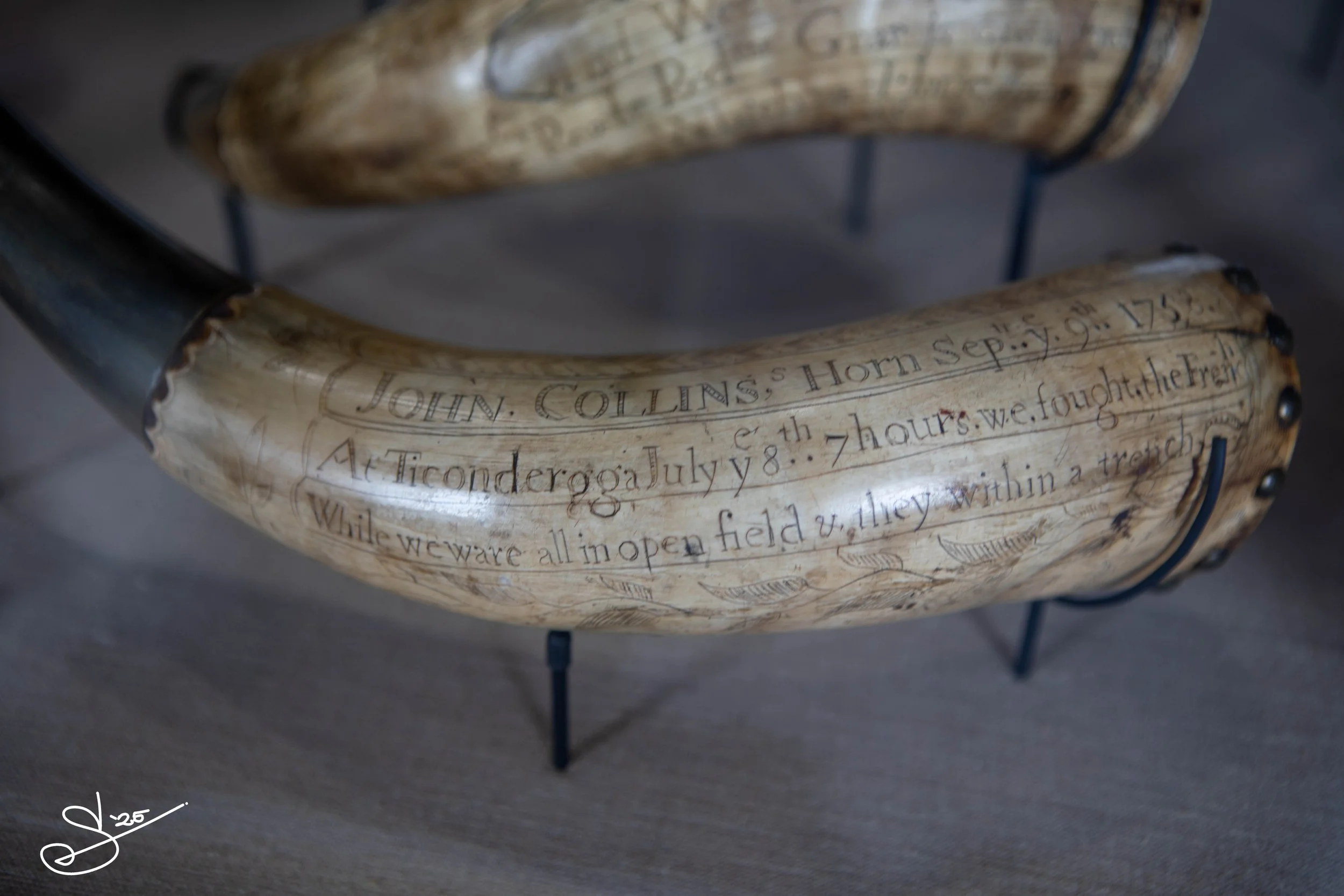
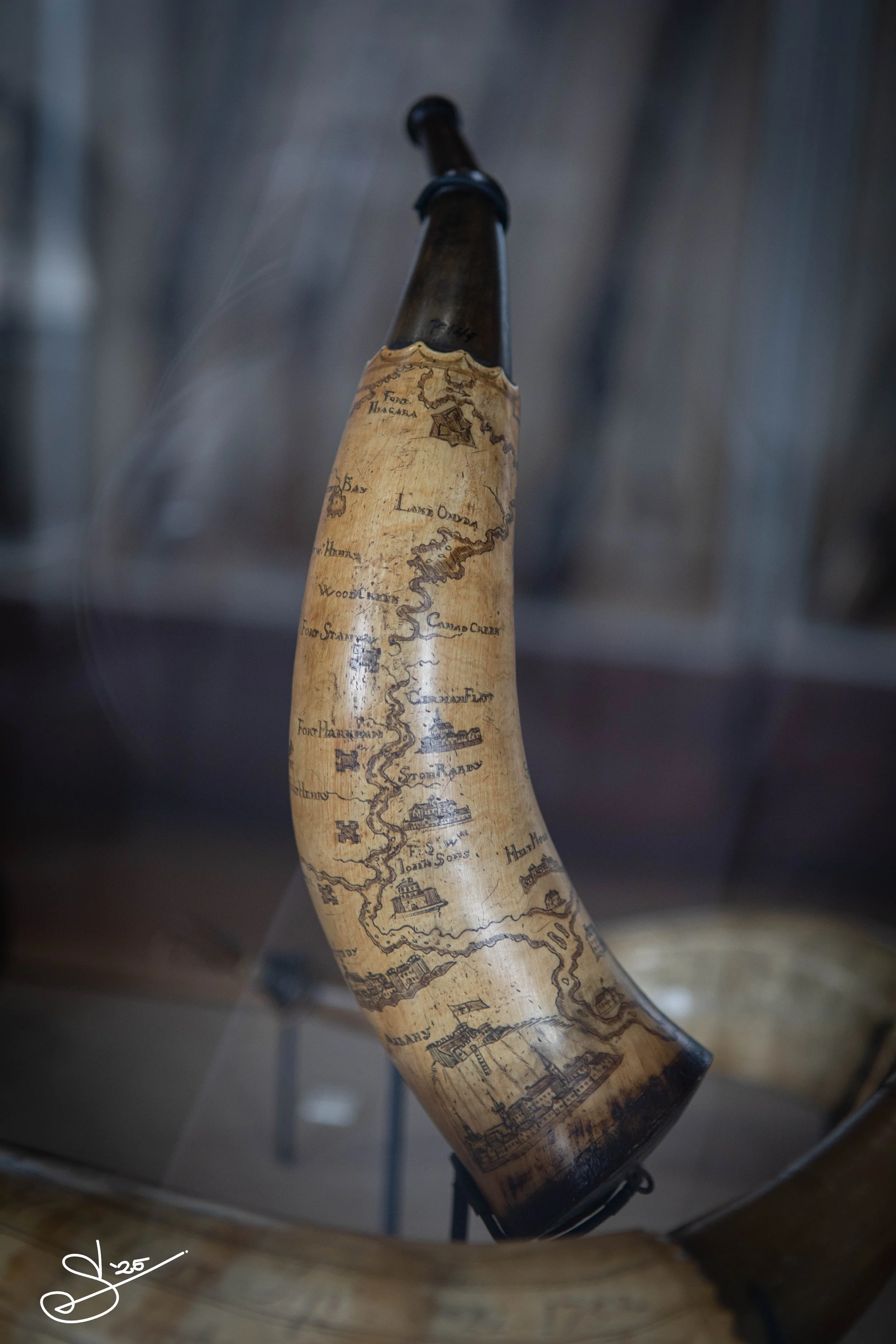


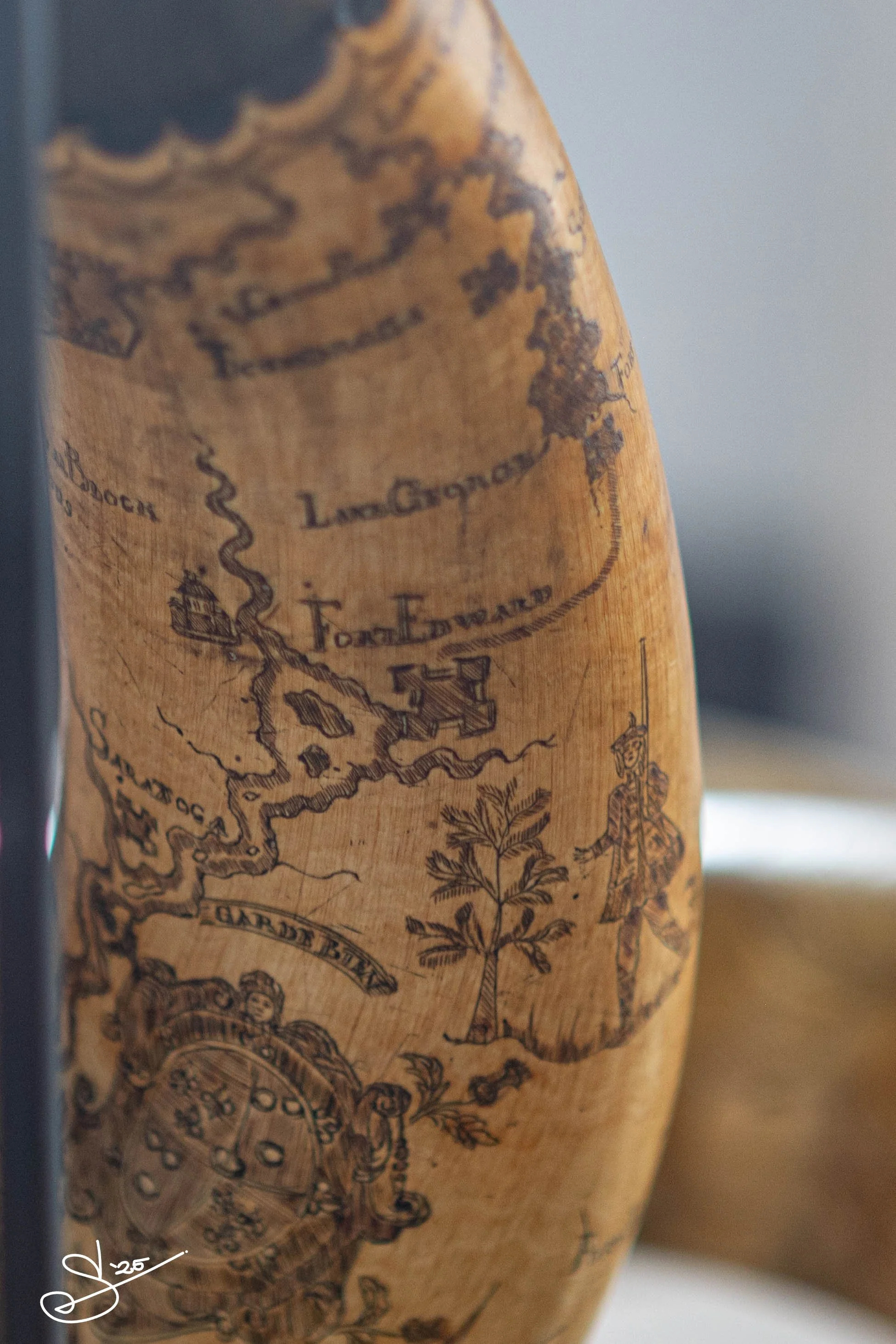



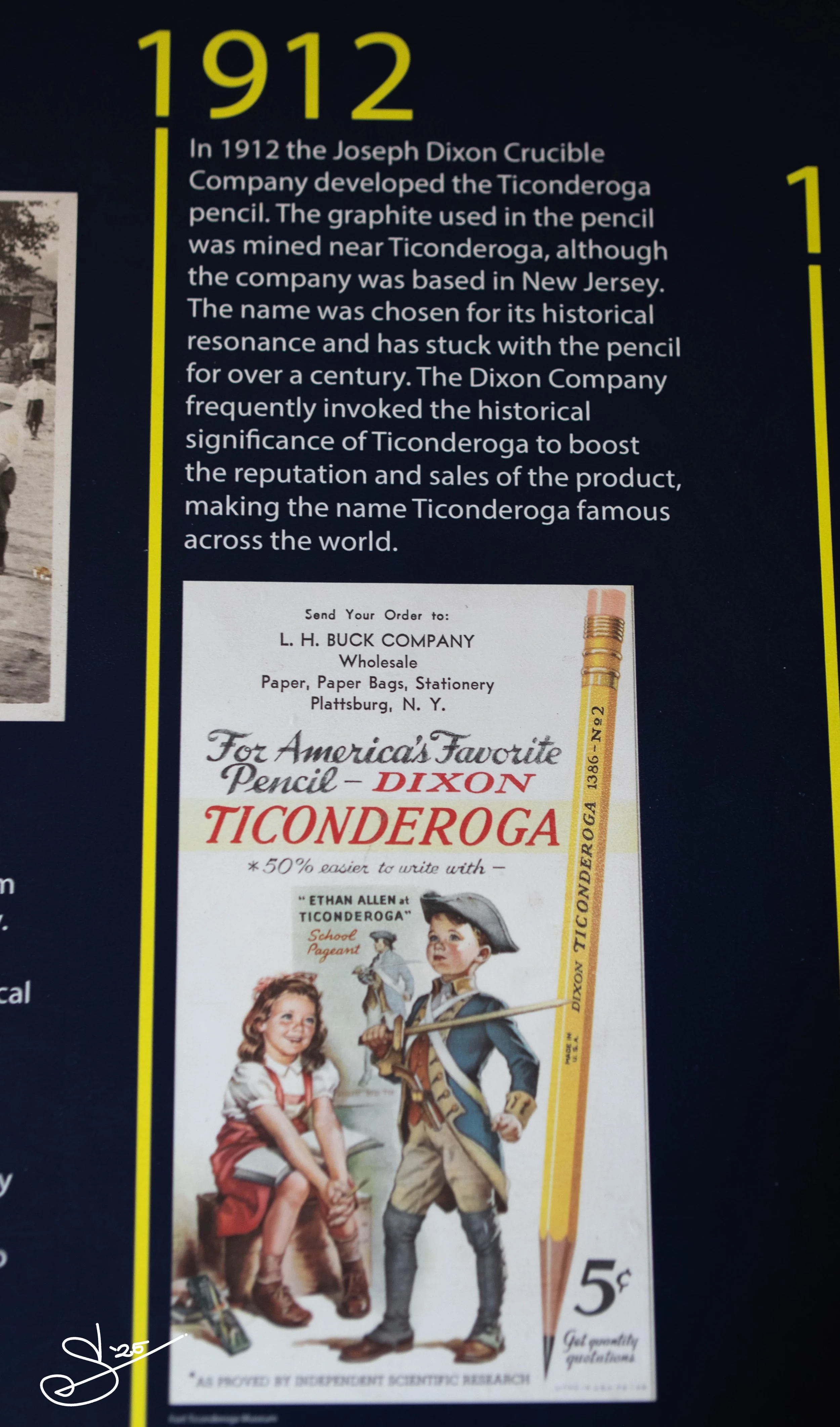
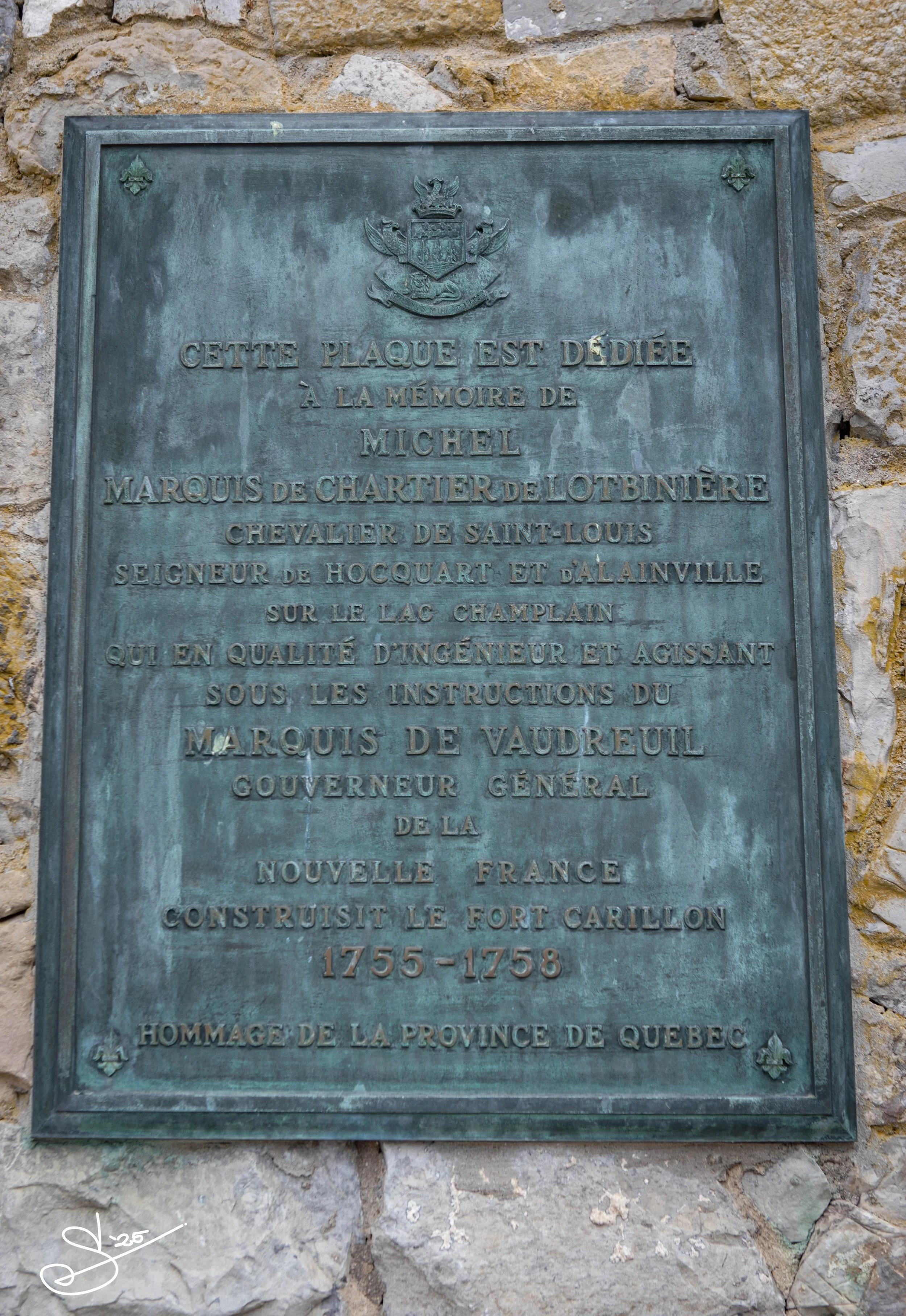

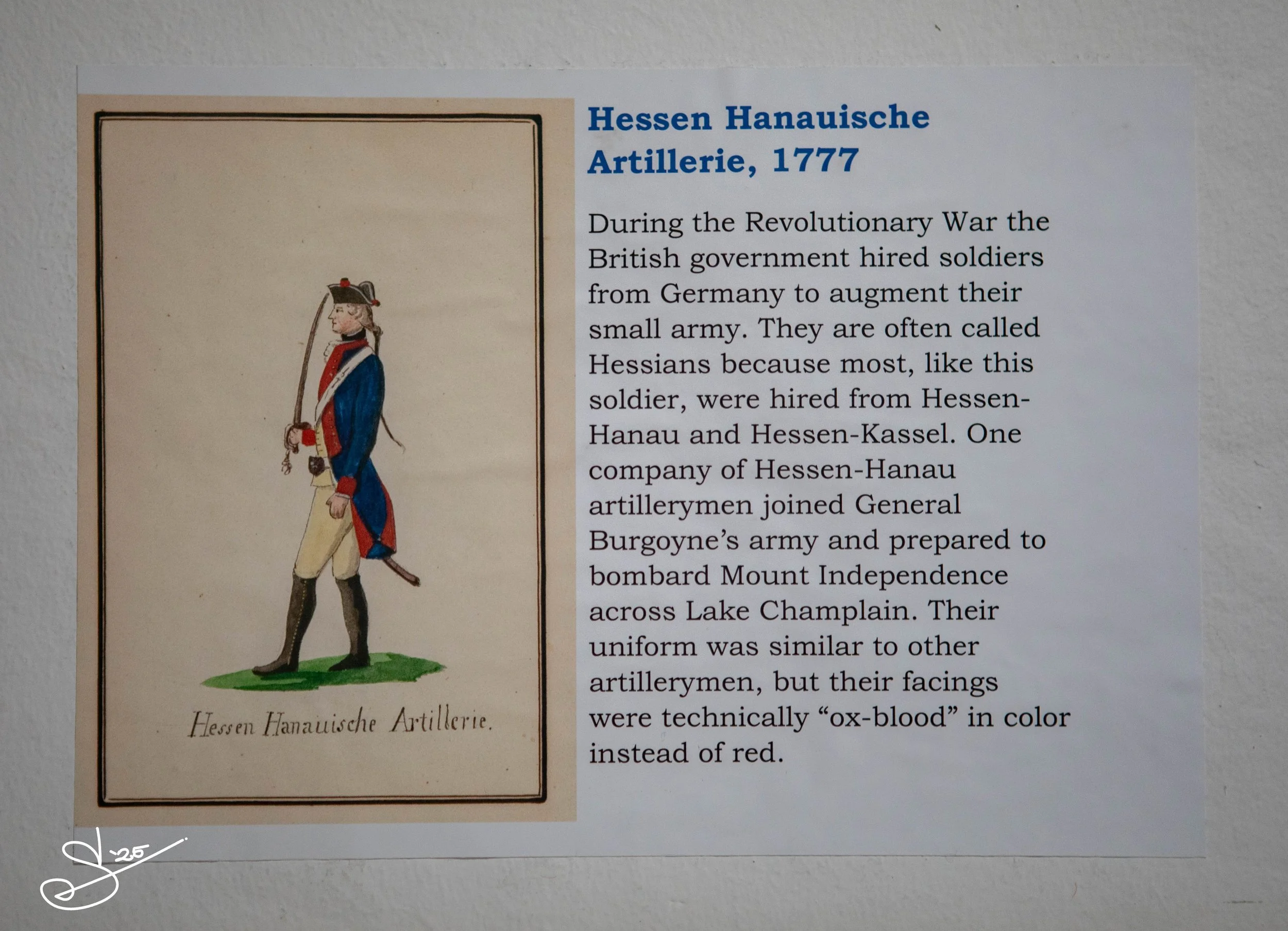


Originally published in 1768 and considered one of the best works available on the organization of regiments, this copy is from 1779, two years after the Continental Army was forced to abandon Fort Ticonderoga to General Burgoyne and the British.

A French light calvary helmet from the Revolutionary War period, with imagery styled on classical themes, including the head of Medusa.
Interesting video about this particular helmet from the historians at Fort Ticonderoga can be seen here: https://www.youtube.com/watch?v=NN394xm5r4Q

This gives an overall idea of where British troops were in the world while the Treaty of Paris was being negotiated.
From a handwriting perspective, I especially appreciate the very tidy Arabic numerals.

Asking for pay for artificers (craftsmen). It is interesting to note some spelling inconsistencies (payroll - pay role ; naimes - names ; their - there ; the extra ‘i’ in artificers). We tend in 21st century to chalk up such inconsistencies to an education deficit, but orthography in the 18th century wasn’t standardized as we understand it today. Our ideas of consistent spelling and standardized learning didn’t really start to take hold until the mid 19th century.

The first handwritten slip of paper is a receipt allowing 119 cows and oxen pasture in a field for on night on August 26th, 1781.
The second is a pay order for the French Navy from May of the same year.

Interesting to see here the Mrs. Catherine Halenbeck is claiming her late husband’s wages. She uses “X” as her mark, meaning in this case she may have been illiterate.

Since this is under glass in the museum and thus reflects the lights, I took a second photo to be able to read the words blocked out by the reflections in the previous photo.

A first printed edition of the famous drill manual written at Valley Forge. Thanks to Baron von Steuben’s excellent work in assembling this manual and whipping the Continental Army into shape, the Revolutionary War took a decided turn in the American army’s favor after the fated winter at Valley Forge in 1777-1778. He went on to become one of Washington’s Chief of Staff and one of his most trusted advisors.